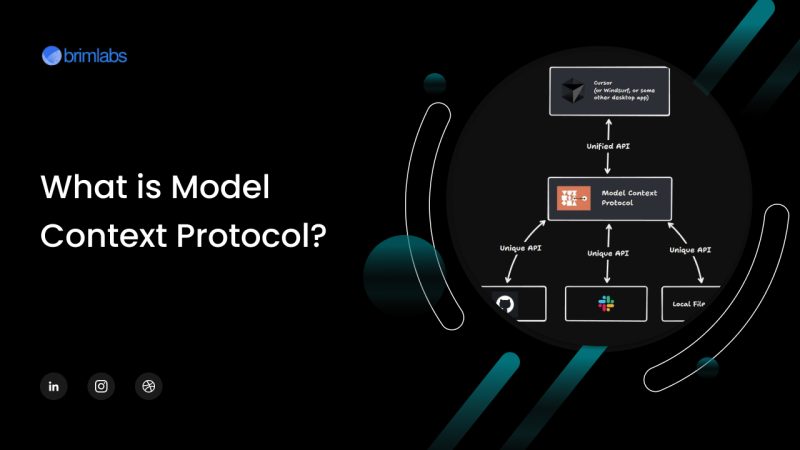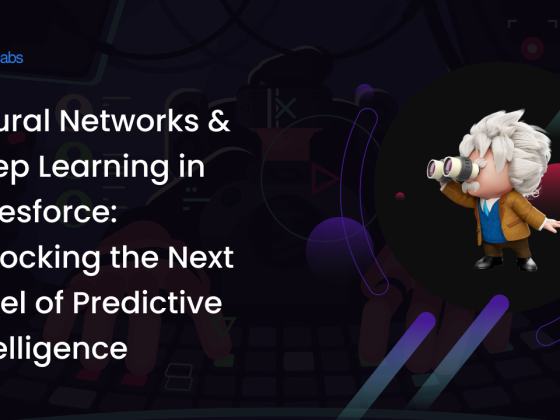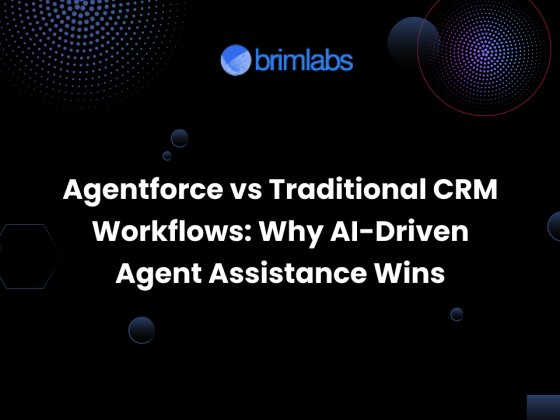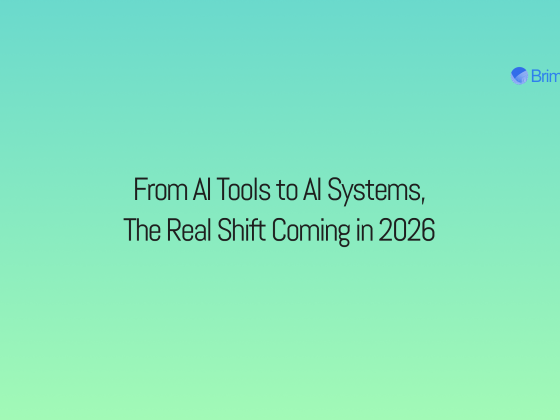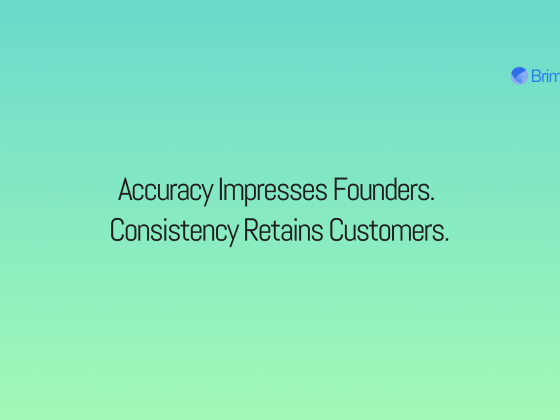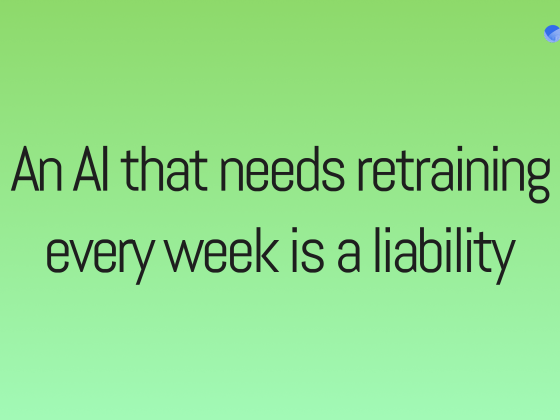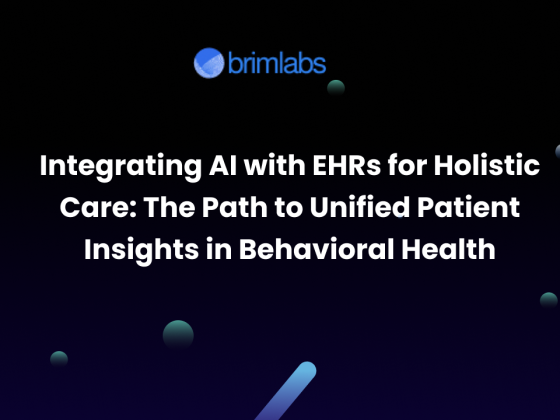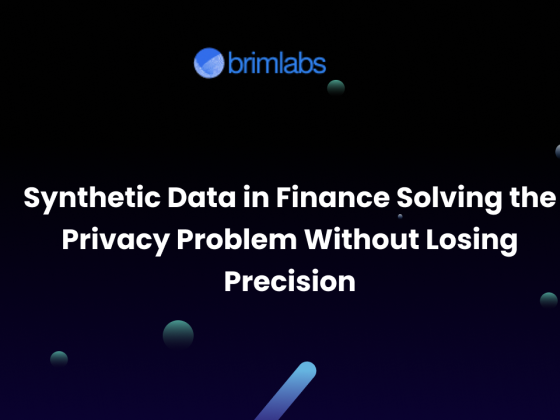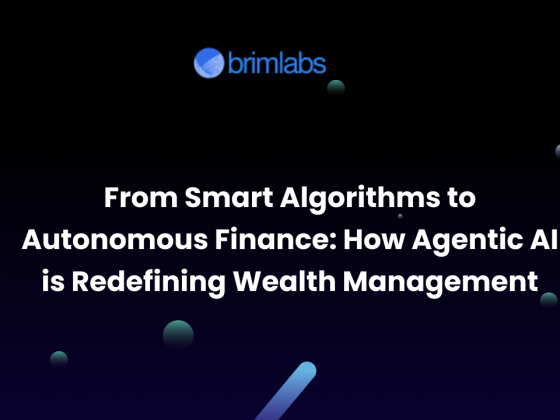Artificial Intelligence (AI) is evolving at a rapid pace. Large Language Models (LLMs) are no longer limited to static text generation. Instead, they now serve as dynamic assistants—embedded in enterprise workflows, SaaS platforms, and personal productivity tools.
As these AI systems become more powerful and widely used, a critical question emerges: How do we securely manage access to data, tools, and permissions for each individual user?
This is where Model Context Protocol (MCP) plays a vital role.
More than just a technical framework, MCP is the missing layer of context isolation that bridges the gap between powerful general-purpose models and secure, personalized AI experiences.
What is Model Context Protocol (MCP)
Model Context Protocol (MCP) is a structured approach that defines how an AI model should access and behave within a user-specific environment. This includes the user’s data, tools, permissions, and organizational policies.
Think of MCP as a smart filter or middleware that sits between the user and the AI system. It ensures that each model response is:
- Context-aware: Understands the user’s identity and what they’re allowed to access
- Permission-aligned: Operates within assigned access limits
- Secure: Maintains strict session-level or user-level isolation
This framework is especially useful when building safe, multi-user AI applications that must act differently depending on who’s interacting with them.
Why Do AI Systems Need MCP?
The shift from “one model for all” to “a model tailored for each user” introduces several challenges. Without a framework like MCP:
- Sensitive data could leak between user sessions
- Unauthorized access to tools or documents could occur
- Organizations would struggle to enforce compliance standards
MCP addresses these issues by creating a contextual sandbox for each user. Much like traditional role-based access systems in software, MCP scopes every interaction to match the user’s identity and permissions.
This approach ensures both security and personalization, making AI systems more robust and enterprise-ready.
Key Features of MCP
MCP enhances AI safety and adaptability through several core features:
1. Contextual Isolation
Each user operates in a secure session. The model only sees the data, tools, and APIs specific to that context.
2. Dynamic Tool Access
Tool availability changes based on the user’s role, intent, or business logic. This reduces unnecessary exposure and improves relevance.
3. Policy Enforcement
Organizational rules determine what the model can or cannot do. These rules include data access limits, generation constraints, and compliance filters.
4. Controlled Data Retrieval
Whether accessing APIs or querying vector databases, MCP ensures users can only pull data they’re explicitly authorized to view.
Together, these features provide fine-grained control over every AI interaction.
Real-World Use Cases of MCP
MCP is already shaping the way AI systems are deployed in secure, multi-user environments. Here are some practical examples:
Enterprise AI Assistants
Imagine a virtual assistant used across departments in a large company. An HR manager might ask for employee attrition data, while a sales executive wants to see quarterly forecasts.
MCP ensures each query is answered using data and tools aligned with the user’s department and access level.
SaaS Products with Embedded LLMs
AI copilots inside SaaS platforms (such as analytics dashboards or project management tools) must protect customer data. MCP allows per-tenant and per-user access control, ensuring that data from one client is never visible to another.
Regulated Industries like Healthcare and Finance
Compliance is non-negotiable in these sectors. MCP helps enforce laws like HIPAA, GDPR, and SOC 2 by restricting what data an AI model can access, retrieve, or display based on session-specific rules.
How MCP Works (Simplified Architecture)
Here’s a basic view of how Model Context Protocol fits into a typical AI application:
┌──────────────┐
│ User A │
└──────┬───────┘
│
▼
┌────────────────────────────┐
│ MCP Middleware │
│ - Auth & Role Detection │
│ - Tool/Data Permissions │
│ - Policy Enforcement │
└──────┬──────────┬──────────┘
▼ ▼
┌────────────┐ ┌────────────┐
│ Tool Layer │ │ Data Layer │
└────────────┘ └────────────┘
│
▼
┌────────────────────────────┐
│ LLM/AI Model │
└────────────────────────────┘
In this setup, MCP acts as a smart gatekeeper. It verifies who the user is, determines what they can access, and ensures the AI model responds accordingly.
MCP vs. RAG: What’s the Difference?
It’s important to distinguish MCP from RAG (Retrieval-Augmented Generation). While both enhance LLM capabilities, their purposes differ:
| Feature | RAG | MCP |
|---|---|---|
| Goal | Retrieve external knowledge | Enforce context and access control |
| Focus | Data enrichment | Session/user isolation |
| When Used | To improve accuracy | To improve security & governance |
| Works Best With | Document-based systems | Multi-user and enterprise systems |
In fact, MCP and RAG can work together. RAG brings in relevant data, while MCP ensures only authorized users can access it.
The Future of AI is Context-Aware and Secure
As AI assistants take on more responsibility—writing code, making decisions, and summarizing reports—the need for context isolation becomes critical. No organization wants its AI tools to hallucinate or leak data to the wrong person.
With Model Context Protocol, developers can enforce clear boundaries. This not only improves security but also builds trust in AI systems.
Whether you’re scaling SaaS platforms, building agentic systems, or deploying AI in sensitive environments, MCP offers the guardrails you need.
Brim Labs: Helping You Build MCP-Ready AI Systems
At Brim Labs, we design and develop AI solutions that are smart, secure, and context-aware. Our team specializes in:
- Implementing role-based access for LLM applications
- Integrating LLMs with secure vector stores and plugin tools
- Building scalable AI architectures with agent support
- Ensuring data privacy and compliance across every interaction
If you’re building AI tools for enterprises, multi-tenant platforms, or regulated sectors—MCP should be part of your architecture from day one.
Let’s talk. Visit brimlabs.ai to see how we help companies build the future of intelligent, secure AI systems.

